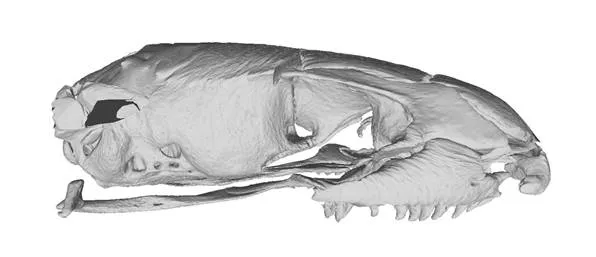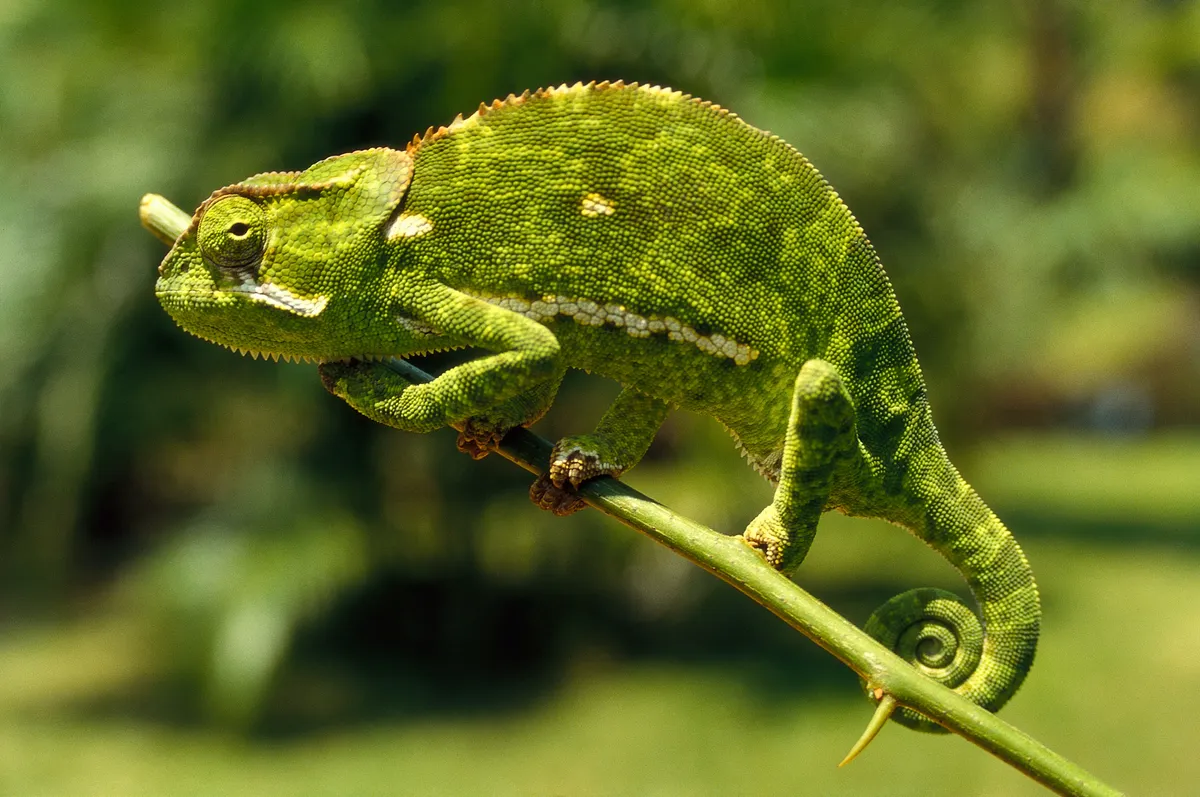Using new and innovative technology, scientists from the UK, USA, Germany, and France have continued their work in understanding the evolution of the squamate group.
By diving far back in snake history and using CT scanning and laser scanning, the scientists were able to reconstruct the likely ancestor of modern-day snake.
Squamata is the largest Order of reptiles and includes lizards, worm lizards, geckos, chameleons, and snakes.
The species in the squamate group live all over the world and in varying different habitats, and there are major differences in the skull shapes, making it difficult to make comparisons.
‘There is a lot of debate about how snakes evolved, but we think we have traced the ancestral skull shape," says Professor Anjali Goswami, research leader at the Natural History Museum.

The researchers used more than 180 digitised specimens from both extinct and extant snake and lizard species to study squamate evolution, and were able to reconstruct the skull of a likely ancestral snake.
The new study suggests that the common ancestor was semi-fossorial, living above and underground.
"Lots of scientists have speculated that maybe snake ancestors lived in water, which made them lose their legs. So it’s surprising that the patterns we saw led us to a semi-fossorial animal," says Prof Goswami.

The researchers also found that plant-eating lizards typically evolve at a quicker rate, and semi-aquatic snakes that spent time in water or underground also evolve at a quicker rate.
Given the new findings of this study, the researchers hope to continue to develop this approach of digitizing data in order to gain more information about skull shape in all animals, not just the squamate group.
Read the full paper in the Proceedings of the National Academy of Sciences.
Main image: Amazon tree boa. © Jeff Chandler/Getty